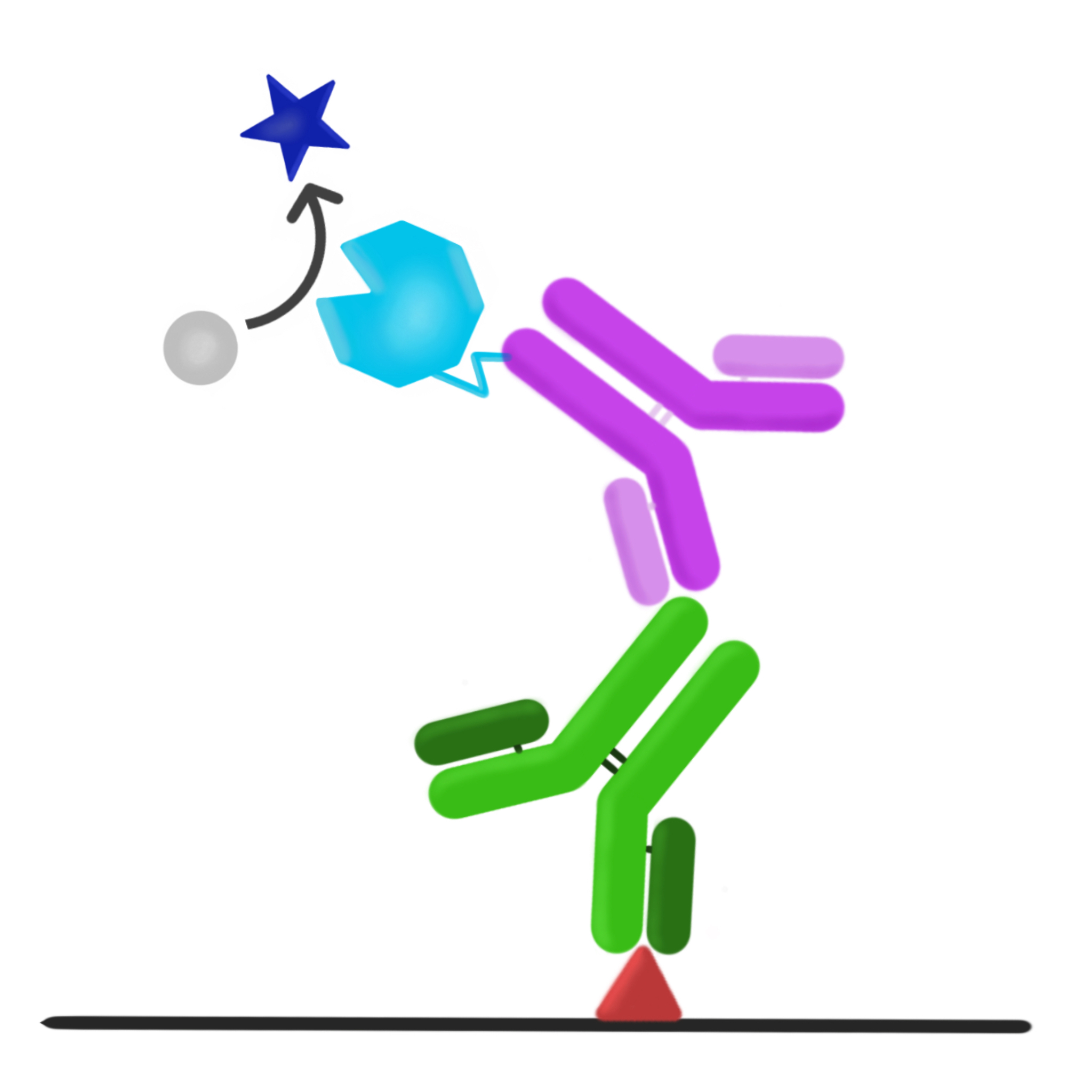Home The Horse Tapeworm Detection of Tapeworm
Detection of Tapeworm
Tapeworm infections cannot be reliably detected using standard faecal egg counts. This is because of the way in which tapeworm eggs are released. Adult tapeworms shed mature segments full of eggs (gravid proglottids) into the faeces, and these segments rupture and release the eggs during passage through the intestine or within the environment. However, the low concentration and uneven distribution of eggs in the faeces combined with their sporadic release means that faecal egg counts usually substantially underestimate the true level of tapeworm infection or even misdiagnose infections completely. Although tapeworm eggs can be identified in faecal egg counts, distinguished by their characteristic shape, it is especially difficult to accurately diagnose moderate burdens of less than 20 tapeworms.
This is because of the way in which tapeworm eggs are released. Adult tapeworms shed mature segments full of eggs (gravid proglottids) into the faeces, and these segments rupture and release the eggs during passage through the intestine or within the environment. However, the low concentration and uneven distribution of eggs in the faeces combined with their sporadic release means that faecal egg counts usually substantially underestimate the true level of tapeworm infection or even misdiagnose infections completely. Although tapeworm eggs can be identified in faecal egg counts, distinguished by their characteristic shape, it is especially difficult to accurately diagnose moderate burdens of less than 20 tapeworms.
The EquiSal Tapeworm Test recognises tapeworm burdens, not by counting eggs, but by measuring antibodies present in the horse’s saliva. When a tapeworm infection is detected by the immune system, tapeworm-specific antibodies are produced. It is these antibodies that the EquiSal Tapeworm Test uses to diagnose tapeworm burdens. The EquiSal Tapeworm Test distinguishes between low, borderline or moderate/high tapeworm burdens.
 Blood tests are also capable of accurately diagnosing burdens in horses and they are also based on the level of tapeworm-specific antibodies present.
Blood tests are also capable of accurately diagnosing burdens in horses and they are also based on the level of tapeworm-specific antibodies present.

